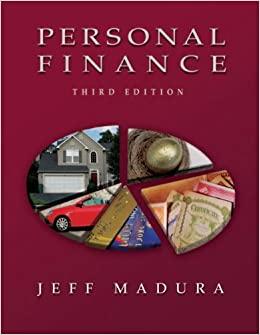Answered step by step
Verified Expert Solution
Question
1 Approved Answer
PLEASE SPECIFY WHERE TO PUT OCB (XX,XX) ON ABOVE GRAPH ------------------- Avery Manufacturing is considering the following capital projects. The internal rate of return (IRR)


PLEASE SPECIFY WHERE TO PUT OCB (XX,XX) ON ABOVE GRAPH

-------------------

Step by Step Solution
There are 3 Steps involved in it
Step: 1

Get Instant Access to Expert-Tailored Solutions
See step-by-step solutions with expert insights and AI powered tools for academic success
Step: 2

Step: 3

Ace Your Homework with AI
Get the answers you need in no time with our AI-driven, step-by-step assistance
Get Started


